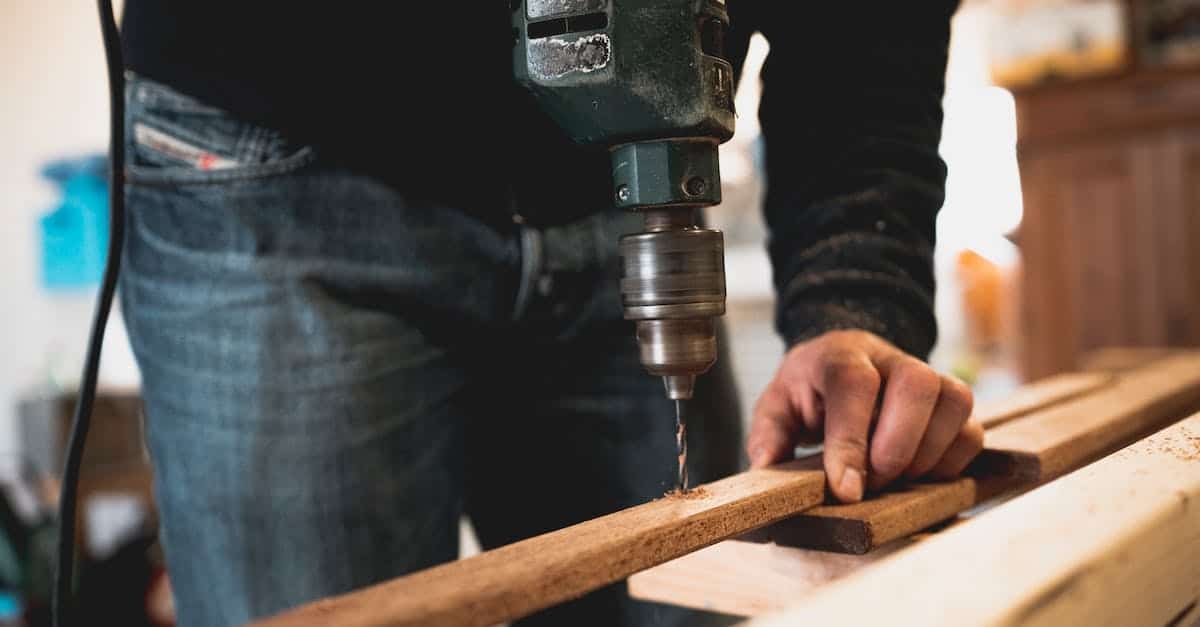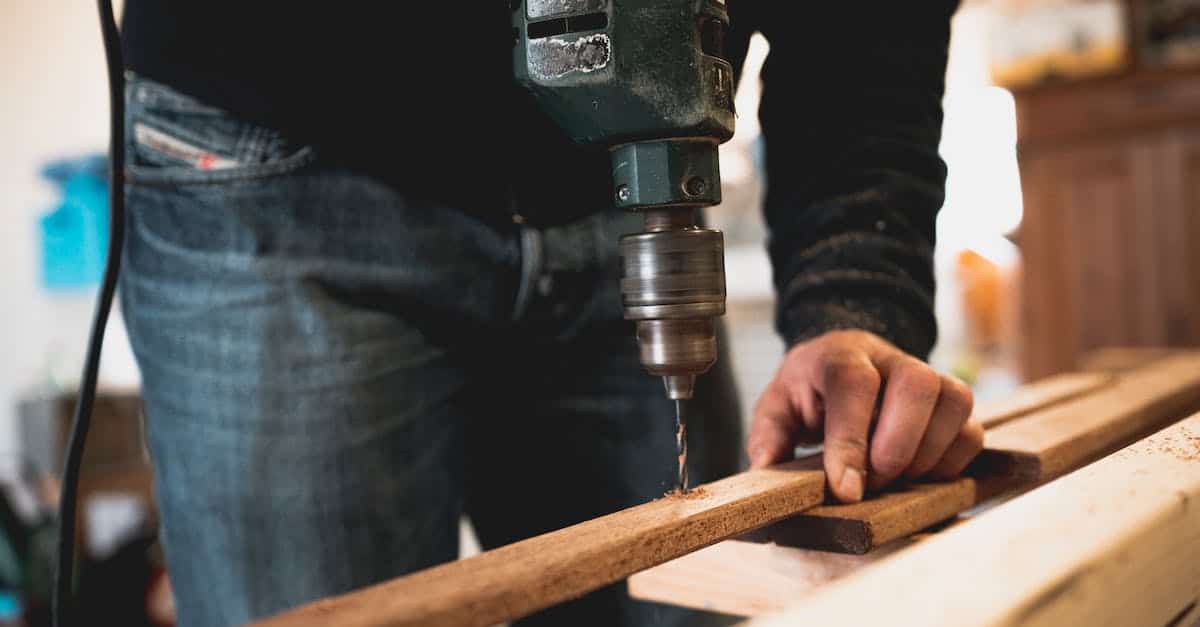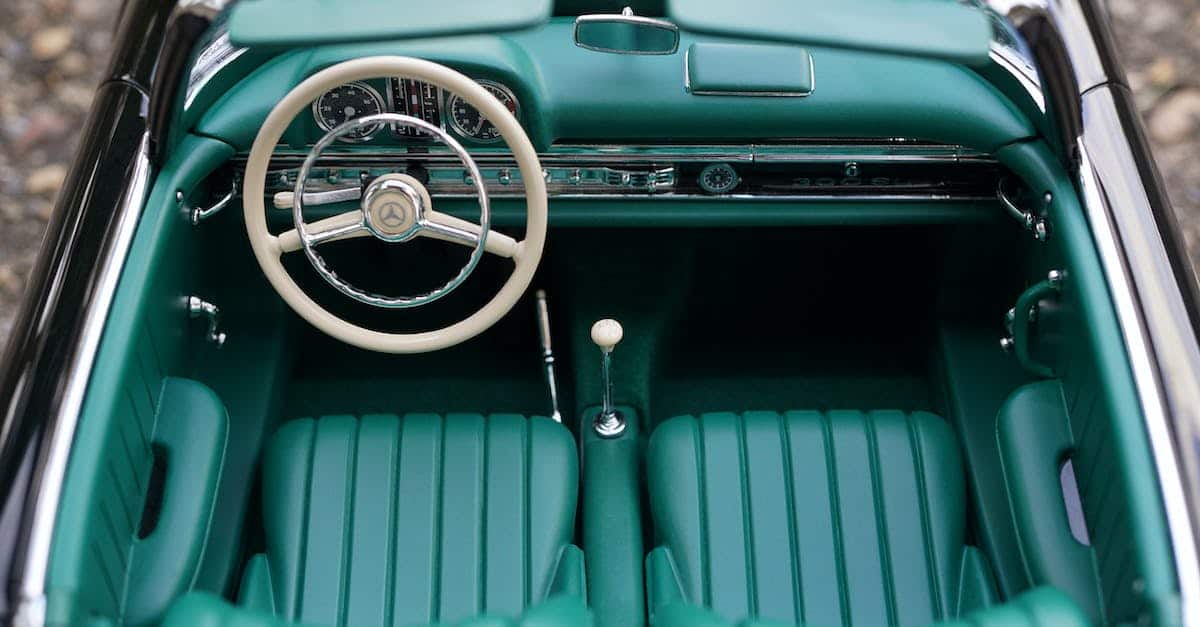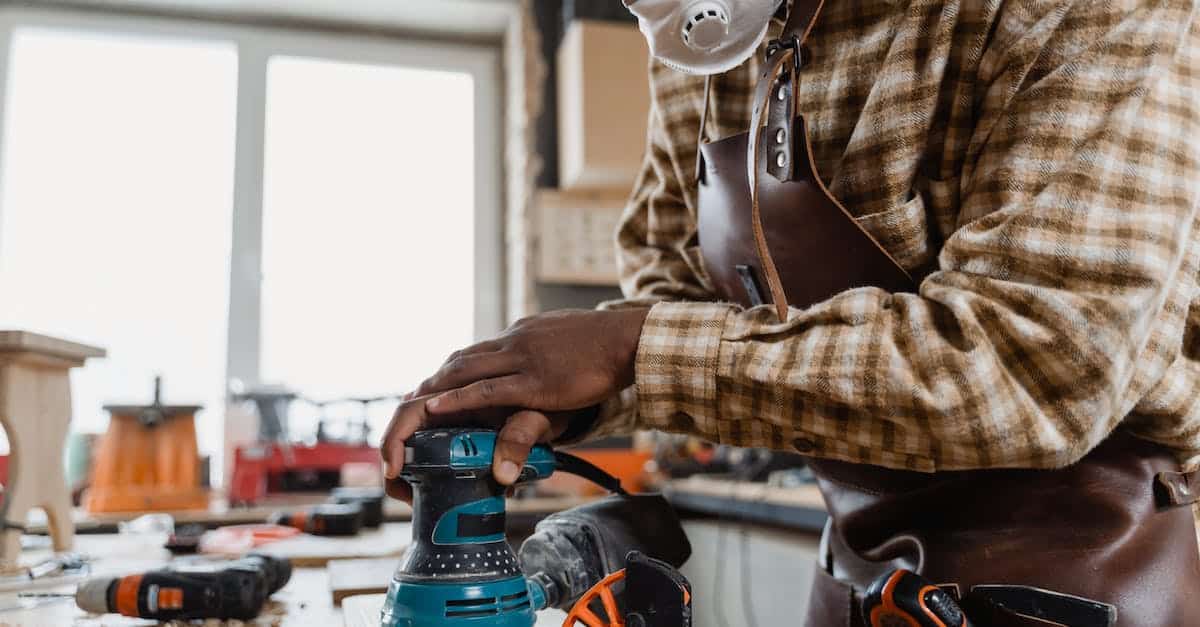Choosing the right wood for your outdoor furniture is crucial. You want pieces that’ll stand the test of time, brave the elements, and still look fabulous, right? Well, you’re in luck because we’re diving into the best woods that’ll give your patio that wow factor.
From the classic charm of teak to the rugged resilience of cedar, we’ve got the lowdown on which woods will best suit your backyard oasis. So grab a cup of coffee and settle in as we explore the top contenders that promise durability and style for your outdoor living space.
Teak: The Timeless Choice for Outdoor Furniture
When it comes to crafting outdoor furniture that stands up to the elements, you can’t go wrong with teak. This exceptional wood has earned its reputation as the premier choice for exterior design and durability.
Superior Durability and Resistance
Teak differs from other woods with its impressive endurance. It’s a tropical hardwood that boasts natural oils, which provide an inbuilt defense against weather, pests, and rot. What’s more, teak has a tight grain pattern that resists warping and splintering. So when you’re selecting wood for that perfect patio set, remember that teak is a heavyweight champion in the ring of outdoor sustainability.
Low Maintenance, High Appeal
Here’s the clincher: teak requires minimal upkeep. Unlike other woods that may need regular staining or sealing, teak maintains its beauty with hardly any effort. It gracefully transitions into a stunning silver-gray patina over time, giving your outdoor space a touch of elegance that’s virtually effortless to maintain.
A Sustainable Option
For those of you with a green thumb and a green heart, sustainability is another teak advantage. Thanks to strict regulations on teak farming, responsibly sourced teak is an eco-friendly option. Always check for certifications like the Forest Stewardship Council (FSC) to ensure your purchase supports sustainable forestry practices.
Cost-Effectiveness Over Time
While teak might initially seem like a more expensive choice, it’s worth considering the long game. Teak furniture often lasts for decades, making it a wise investment. When you’re weighing the options, remember that cheaper woods could cost you more in replacements and repairs over time.
Remember, quality outdoor furniture not only enhances the look and comfort of your space but also stands as a testament to your craftsmanship. With teak, you’re choosing a wood that’s as much about artistry and tradition as it is about strength and longevity.
Cedar: The Rugged and Resilient Option
When you’re eyeing the perfect match for your outdoor sanctuary, cedar should be at the top of your list. Picture this: Western Red Cedar, an excellent choice for outdoor furniture, boasting its own unique set of advantages.
Firstly, cedar naturally repels pests. You can say goodbye to those uninvited termites and moths without reaching for harsh chemicals. The secret to cedar’s pest-resistant powers lies in its heartwood, which contains oils that insects find quite unappetizing.
Another point in cedar’s favor is its resistance to decay. When you’re crafting a chair or table that’s going to brave the elements, you want wood that won’t give up the ghost at the first sign of bad weather. Cedar’s longevity stems from its ability to fend off rot, ensuring your creations stand tall through many seasons.
Here’s an interesting tidbit: Cedar remains cool to the touch even under a sweltering sun. This characteristic makes it a go-to choice for poolside lounges or garden benches where comfort is key during those hot summer days.
And let’s not overlook cedar’s aesthetic appeal. With a straight grain and a palette that ranges from light amber to deep honey brown, cedar adds a warm, inviting touch to any outdoor area. Over time, it ages to a graceful silvery hue, similar to teak, allowing your furniture to blend seamlessly with the natural landscape.
When it comes to maintenance, cedar’s got your back, with a stress-free upkeeping schedule. A light sanding and the occasional treatment with a wood preservative will keep your cedar furniture looking sharp without demanding too much of your weekend.
So, if ruggedness and resilience are what you seek, cedar could well be your outdoor woodworking hero. Just imagine the projects you could tackle: an Adirondack chair kindly cradling you during crisp fall evenings, a sturdy table hosting your summer barbecues, or a garden bench providing a quiet spot to getaway. Cedar isn’t just a choice; it’s a tribute to nature’s incredible ability to create tough, yet beautiful materials for you to shape with your own hands.
Redwood: A Natural Beauty for Your Patio
As you embark on your next outdoor furniture project, let’s dive into the unique properties that make redwood an exceptional choice for your patio. Everyone desires a wood that not only stands strong against the ravages of nature but also offers a touch of elegance; redwood delivers on both counts.
Redwood is highly regarded for its resistance to shrinkage and warping—two foes of outdoor wood furniture that can distort your hard work over time. The heartwood varieties are particularly resilient, containing natural compounds that act as deterrents to decay, insects, and mold growth. Imagine crafting a handsome Adirondack chair without fretting over its longevity or the maintenance it’ll need.
What truly sets redwood apart is its natural, rich color spectrum—from a light, honey blonde to deep, earthy reds which, when hit by the golden hour sun, create a warm and inviting ambiance on your patio. There’s a raw, organic quality to redwood that you’ll love, and it turns more impressive with age as it gracefully develops a silver-gray patina.
Unlike many other woods, redwood maintains a smooth and splinter-free surface, making it a joy to work with. You won’t have to worry about snagging your clothes or tearing your skin while lounging on your redwood bench or swing. It’s a comfort you can’t overlook when considering the perfect wood for outdoor furniture.
Balancing aesthetics and durability, redwood also offers an excellent strength-to-weight ratio. This means you can create sturdy outdoor pieces that aren’t cumbersome to move or reposition as you redesign your outdoor space. Plus, with redwood’s ability to withstand heavy loads, your creations will easily support the beating of high-foot traffic or the weight of hearty potluck spreads.
Whether you’re planning to build a full outdoor dining set or a cozy nook with loveseats and coffee tables, think about integrating redwood for that added splendor. Just like cedar, a little care will go a long way—simple treatments and occasional cleaning will preserve its beauty for years to come.
Eucalyptus: Sustainable and Stylish
As you delve deeper into the realm of outdoor furniture-making, you’ll discover the wonders of eucalyptus wood. Eucalyptus is a fast-growing hardwood that has increasingly become a buzzword in sustainable woodworking circles. Not only are eucalyptus trees less resource-intensive to grow, but they also reach harvest maturity quickly, ensuring a sustainable supply for your projects.
Imagine crafting beautiful pieces that not only serve as functional outdoor elements but also carry a story of eco-friendliness. Eucalyptus wood brings that narrative to life. Beyond sustainability, it boasts a strikingly beautiful grain pattern that can elevate the style quotient of any patio setup or garden space.
But it’s not just about looks. Eucalyptus stands tall on the list of durable woods suited for the outdoors. It’s densely grained and naturally resistant to rot and decay. With eucalyptus furniture, you’ll experience durability that competes with the likes of teak, but without the hefty price tag. However, it’s crucial to apply a UV-resistant sealant to protect its surface from the elements and maintain its rich tone.
When working with eucalyptus, you’ll notice it’s pleasantly heavy, signaling its quality and resilience. While it’s harder than some other woods, making it a challenge to work with, your trusty tools will see you through. A bonus—this wood exudes a refreshing scent that makes the woodworking experience even more enjoyable.
Maintenance-wise, eucalyptus outdoor furniture requires a similar approach to redwood. Regular cleaning and the occasional sanding and reapplication of sealant will keep it looking fresh. It’s a joy to see your handcrafted pieces seamlessly blending with nature, year after year.
Embracing eucalyptus in your outdoor furniture projects means embracing a lifestyle choice that prizes beauty and sustainability. As it takes its place alongside redwood in your woodworking arsenal, you’ll expand the range of options for your clients, offering them a variety of eco-conscious solutions for their outdoor spaces.
Conclusion: Finding the Perfect Wood for Your Outdoor Furniture
So there you have it! When you’re on the hunt for the perfect wood for your outdoor furniture, eucalyptus stands out as a stellar choice. It’s not just about the aesthetics or the durability; it’s about making a choice that’s kind to the planet. Remember, a little maintenance goes a long way in keeping your eucalyptus pieces looking sharp for years to come. With the right care, you’ll have outdoor furniture that’s as robust and inviting as the day you bought it. Now you’re all set to transform your outdoor space into the eco-friendly retreat you’ve always dreamed of. Happy furnishing!
Frequently Asked Questions
What are the benefits of using eucalyptus wood for outdoor furniture?
Eucalyptus wood offers fast growth and a sustainable supply, making it an eco-friendly option. It also has a naturally beautiful grain, durability, and resistance to rot and decay, similar to higher-priced woods like teak.
Is eucalyptus furniture durable?
Yes, eucalyptus furniture is very durable. It compares favorably to traditional hardwoods such as teak in terms of strength and resistance to weathering, making it suitable for outdoor use.
How does the price of eucalyptus furniture compare to teak furniture?
Eucalyptus furniture generally comes with a lower price tag than teak, making it a more affordable option for those seeking quality wood furniture for outdoor spaces without the high cost.
What type of maintenance does eucalyptus outdoor furniture require?
Eucalyptus outdoor furniture requires regular cleaning, annual sanding, and the reapplication of a UV-resistant sealant to protect its surface and maintain its appearance.
Is it necessary to treat eucalyptus outdoor furniture with a sealant?
Yes, it’s important to apply a UV-resistant sealant to eucalyptus outdoor furniture. This protects the wood from the sun and helps maintain its natural color and grain pattern.




